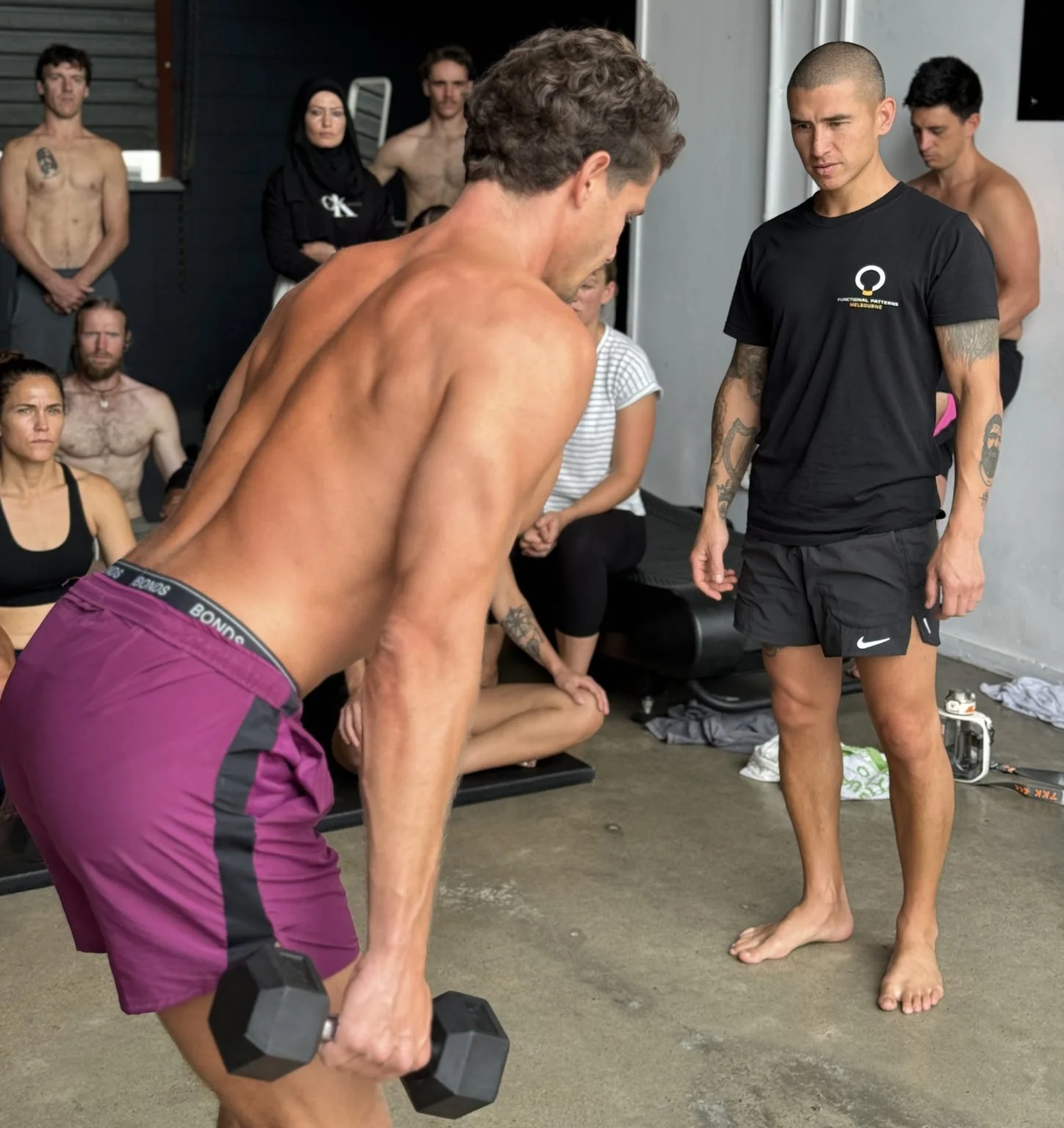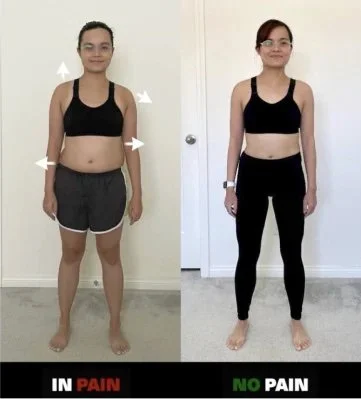Understanding a Weak vs. Hypertonic Pelvic Floor Dysfunction
The pelvic floor is a vital network of muscles, ligaments, and connective tissues that support your bladder, bowel, and reproductive organs. While often overlooked, these muscles play a crucial role in posture, core stability, and overall movement.
Pelvic floor dysfunction can manifest in two primary ways: a weak (hypotonic) pelvic floor or a hypertonic (overactive/tight) pelvic floor. A weak pelvic floor struggles to contract and support organs effectively, whereas a hypertonic pelvic floor is excessively tight, often causing pain, muscle spasms, and functional limitations.
This article explores the differences between weak and hypertonic pelvic floors, outlines common causes and symptoms, and shares effective strategies—including hypertonic pelvic floor exercises and relaxation techniques—to restore proper pelvic function.
Recognising an Overactive Pelvic Floor
A hypertonic pelvic floor develops when the muscles in the pelvic region are overly tight, which can lead to discomfort and reduced function. Common issues include pelvic floor pain, urinary problems, and discomfort during sexual activity. Overactive pelvic muscles may result from stress, injury, or repetitive over-exercising, often presenting as chronic tension or pelvic muscle spasms.
Addressing a hypertonic pelvic floor requires a combination of approaches, including relaxation techniques, corrective exercises, and physical therapy. At Functional Patterns, self-myofascial release forms the foundation of treatment, helping to relieve tension, restore proper muscle function, and retrain tight pelvic floor muscles for long-term stability.
The Role of Pelvic Alignment and Core Development
Pelvic tilt, particularly anterior pelvic tilt, can worsen both hypertonic and hypotonic pelvic floor conditions. Tight hip flexors and weak abdominal muscles increase strain on the pelvic floor, affecting stability and function.
Developing proper core strength, spinal alignment, and postural awareness is critical for pelvic health. A systems-based approach, which addresses posture, movement patterns, and joint positioning, is more effective than focusing on the pelvic floor alone.
Strengthening and Balancing the Pelvic Floor
A healthy pelvic floor requires both strength and the ability to relax. For a weak (hypotonic) pelvic floor, the muscles struggle to contract effectively, which can result in urinary incontinence, pelvic organ prolapse, and reduced core stability. Meanwhile, a hypertonic (overactive) pelvic floor is excessively tight, often causing pelvic floor pain, pelvic muscle spasms, and discomfort during sexual activity or urination.
Traditional exercises such as Kegels, bridges, and squats can improve symptoms for both weak and hypertonic pelvic floors. However, many people do not achieve long-term results with these exercises alone. At Functional Patterns, we focus on the FP “Big 4”: standing, walking, running, and throwing, integrating the glutes, back, and abdominal muscles to support functional pelvic floor activation.
The approach begins with an assessment of posture and walking or running mechanics to identify movement inefficiencies. Self-myofascial release and targeted corrective exercises are then used to optimise joint positioning throughout movement. This functional strategy helps retrain both weak and tight pelvic floor muscles, improving stability, coordination, and long-term pelvic function.
By addressing the pelvic floor alongside the rest of the superficial and deep muscles through the movements found in gait, it is possible to address symptoms of both overactive pelvic floors and hypertonic pelvic muscles, promoting comfort and better overall health.
Integrating Pelvic Health into Daily Life
Both weak and hypertonic pelvic floors share the same goal: restoring optimal function. Addressing root causes—such as posture, alignment, and movement patterns—is essential for lasting results.
Working with one of our movement specialists at Functional Patterns Melbourne can provide tailored training and ensure safe progression. Combining functional movement strategies with targeted exercises and relaxation techniques supports long-term pelvic health and everyday comfort.
Achieving Lasting Pelvic Floor Function
Pelvic floor dysfunction, whether weak or hypertonic, can significantly impact quality of life. Understanding the differences, recognising tight pelvic floor symptoms, and implementing targeted strategies—including how to relax pelvic floor muscles and strengthen weak muscles—can restore balance and improve overall pelvic function.
Adopting a whole-body, movement-based approach, along with professional guidance, ensures lasting stability and comfort, allowing you to move confidently and maintain pelvic health for years to come.



